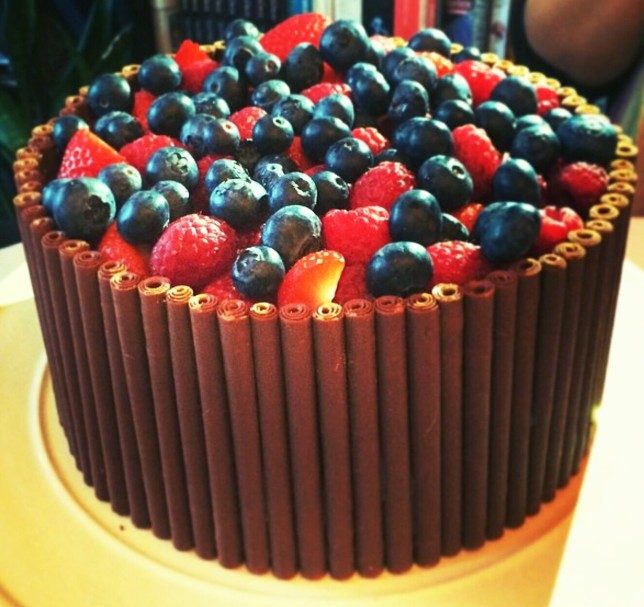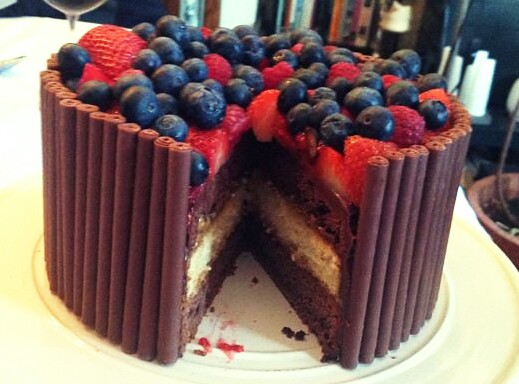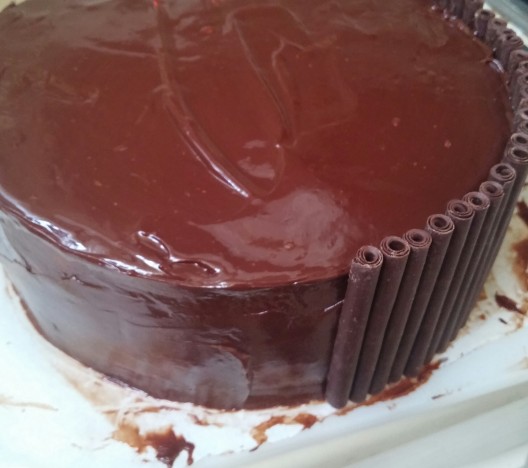
Now that Easter Eggs are all eaten, I am craving a slightly lighter desserts. I love making sponges and especially this airy roulade sponge. It is very easy to put together and taste superb with fruits. Unfortunately strawberries and raspberries are not yet in season. And even though shops are already filled with amazing colours most fruits still lack the lovely sun-kissed taste of the summer. So I decided to use mango again, and of course my current favourite, passion fruit!
If you feel double cream is too heavy, please feel free to replace it with whipping cream. It will work perfectly well and spreading it is much easier as it is less likely to curdle. Adding vanilla essence will also bring out lovely soft but not overly sweet flavour.
I have gone into one of those moods the other day and looked up the amazing patterns of Swiss rolls around the world. I would be lying if I said I was not super jealous of stunning, imaginative and artistic rolls. But then practice makes it perfect and maybe one day I will be posting my own ‘impressionistic’ Swiss roll. I will keep you posted anyway… 😉
Mango and Passion Fruit Roulade (serves 6-8)
3 eggs
85 g aster sugar
85 g plain flour
1 tsp baking powder
1 tsp vanilla extract
1 ripe mango
1 or 2 passion fruit
200 ml double cream
icing or caster sugar for dusting
Preheat the oven to 190 (170 fan, gas mark 6). Line baking tray with baking parchment, preferably oblong tray with even surface.
Whisk eggs with caster sugar until pale and light in texture. This will take good 5 minutes with an electric whisk. Then carefully fold in the flour mixed with baking powder, using large spoon or spatula. Add the vanilla extract. Spread the mixture to the baking tray and put into the oven for 10-13 minutes. The baking time varies due to the thickness of the sponge. Once sponge is turning golden and springs back when touched, take out if the oven. Leave to cool slightly. Then separate sponge from the parchment and turn on clean baking parchment, then roll it whilst still it is warm. Keep in the rolled position until completely cool.
Whip double cream until just almost solid. Spread over the unrolled sponge. If you whip the cream too much it will start to curdle when spreading. Always ‘underwhip’ the cream so that is still slightly liquid. Scatter chopped mango and one or two passion fruits over the sponge. Them roll the sponge carefully whilst using baking parchment to hold the outside. Leave in the fridge to cool for about 2 hours. Dust with icing sugar before serving.

by Maria
















